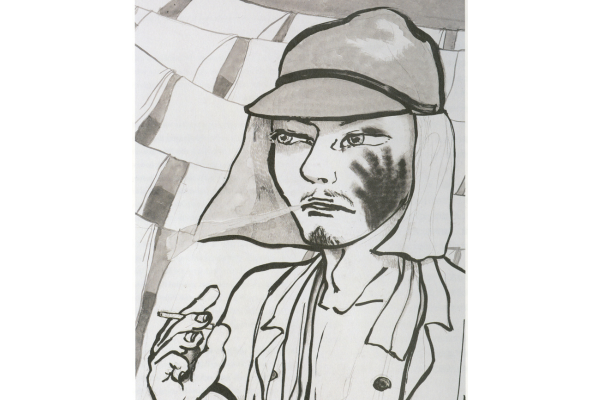
The Institute for Japanese Studies, Division of Humanities, College of Arts and Sciences, Department of History of Art, and Center for Ethnic Studies present:
Imperial Animations: the Afterlives of Japanese Empire in Transpacific Contemporary Art
Namiko Kunimoto
The Ohio State University
with readers
Thomas LaMarre
University of Chicago
Bert Winther-Tamaki
University of California, Irvine
Abstract: This project situates Japanese Empire as a world historical event that continues to influence political dynamics and art practices. Since Japanese Imperialism was a geographically expansive phenomenon, or a series of events that by definition went beyond a national framework, an approach that also goes beyond the limits of the nation is required. Urgent Animations strategically connects the afterlives of Japanese Imperialism in regional, Transpacific ways, examining the visual dialogues occurring between multimedia contemporary art in Japan, Singapore, Canada, and South Korea since 2015. Those who register will have read some portion of the manuscript (it will be distributed to those registered two weeks beforehand). Registration is limited to 20 people.
Download the PDF flyer here.
Namiko Kunimoto is a specialist in modern and contemporary Japanese art, with research interests in diasporic art, gender, race, urbanization, photography, visual culture, performance art, transnationalism, and nation formation. She is the Director of the Center for Ethnic Studies at Ohio State University and Associate Professor in the Department of History of Art. Her essays include “Art in Transwar Japan” ThirdText (2022), Situating “Becoming a Statue of a Japanese ‘Comfort Woman:’ Shimada Yoshiko, Bourgeois Liberalism and the Afterlives of Japanese Imperialism” Verge: Studies in Global Asia, (2022) “Tsujimura Kazuko and the Body Object” in Asia Pacific Japan Focus (2021), and “Tactics and Strategies: Chen Qiulin and the Production of Space” in Art Journal (2019). Dr. Kunimoto’s awards include a Social Sciences and Humanities Research Council of Canada Fellowship, Japan Foundation Fellowships (2007 and 2016), Ishibashi Foundation Fellowship (2020), a College Art Association Millard/Meiss Author Award (2017), and the Ratner Distinguished Teaching Award (2019). Her book, The Stakes of Exposure: Anxious Bodies in Postwar Japanese Art, was published in February 2017 by the University of Minnesota Press and she is currently working on her next book, Imperial Animations: the Afterlives of Japanese Imperialism in Transpacific Contemporary Art.
Thomas Lamarre is a scholar of media, cinema and animation, intellectual history and material culture, with projects ranging from the communication networks of 9th century Japan (Uncovering Heian Japan: An Archaeology of Sensation and Inscription, 2000), to silent cinema and the global imaginary (Shadows on the Screen: Tanizaki Jun’ichirō on Cinema and Oriental Aesthetics, 2005), animation technologies (The Anime Machine: A Media Theory of Animation, 2009) and on television infrastructures and media ecology (The Anime Ecology: A Genealogy of Television, Animation, and Game Media, 2018). Current projects include research on animation that addresses the use of animals in the formation of media networks associated with colonialism and extraterritorial empire, and the consequent politics of animism and speciesism.
Bert Winther-Tamaki works broadly on modern and contemporary Japanese art and visual culture. Current research focuses on the role of the visual arts in the construction of meanings around materials and objects. He is working on a book titled Flames and Incinerations in Contemporary Japanese Visual Culture that maps a system of fire imagery in Japan where blazes sparked by an indigenous and transnational arsenal of values have been fanned into categories of fire with global impacts. This study defines and critiques an aesthetics of fire in three media -- photography, installation art, and anime -- over the past four decades.
